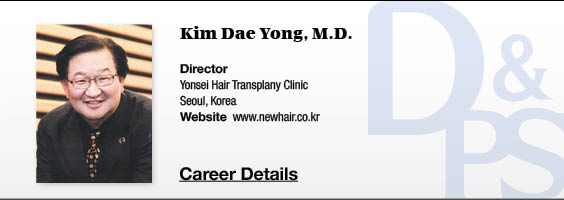
▶ Previous Artlcle: http://1-1-various-hair-transplant-methods
Sampling Method
It is the most important not to damage a hair follicle during an incision of the flap at the donor site. An incision in a direction parallel to the hair at the donor site can minimize damage to a hair follicle.
A more accurate incision method involves using the skin hook technique suggested by Pathomvanich and the spreader invented by Haber.
Many surgeons including Frechet have emphasized that the dissection of the flap at the donor site is very essential in the success of a hair transplant.
Skin Hook Technique
By making an incision while directly checking hair follicles using four skin hooks, the transection of hair follicles can be evaded (Pathomvanich’s open technique).
Spreader Technique
The scoring incision is made to approximately 2mm along the border line of the donor strip using No. 15 blade.
Subsequently, the flap at the donor site is dissected using the Haber spreader.
It is possible to dissect the flap while minimizing damage to the tissue of the interface, and at the same time, dissection of the subcutaneous layer is also automatically made above and below, thereby reducing the tension applied to the tissue of the donor site during a suture.
.jpg)
[Advertisement] FCR® (Fractional Prickle CoralCalcium Regentron) – Manufacturer: (www.illglobal.com)]
Suture Techniques to Minimize a Scar
Generally, Asians have black straight hair and mid-tone thick skin, and their hair and skin have many melanocytes. Their skin has a scar relatively easily due to excessive fibrocyte and collagen secretion, etc.
Therefore, the necessity of trichophytic suture is very high for Asians. Of course, there are some counter arguments to the effect that the trichophytic suture gives no additional benefits.
Based on the experience of performing more than 400 cases of hair transplant operations with the trichophytic suture for four years, however, the author has confirmed that the scar at the donor site significantly decreases one year or more after an operation.
-To be contined



















